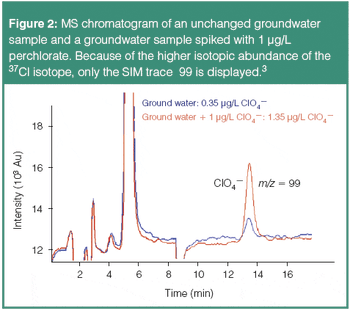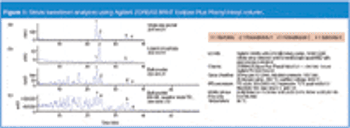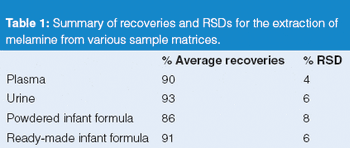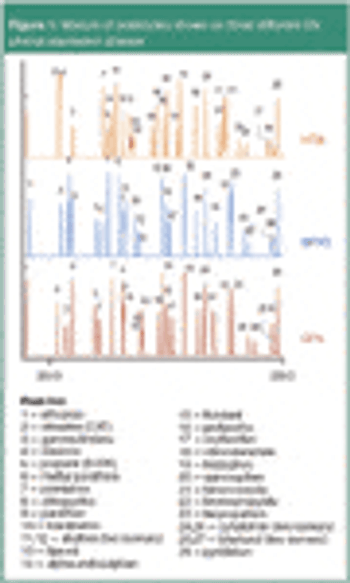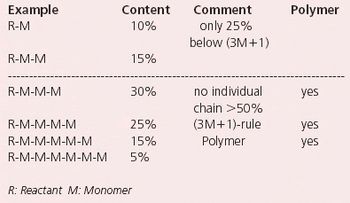
The Application Notebook
Flavanones are a type of flavonoids occurring widely in plants, either in the aglycone backbone form itself or as glycosides. Flavonones exist in unique forms depending on the type of fruit and can be used to indicate the type of fruit that is being analysed. The following application introduces examples of high-speed analysis of flavanones in citrus juice using the Shimadzu ultra fast LC system, prominence UFLC, and the photodiode array detector SPD-M20A, focusing on narirutin, naringin, neohesperidin and hesperitin.

